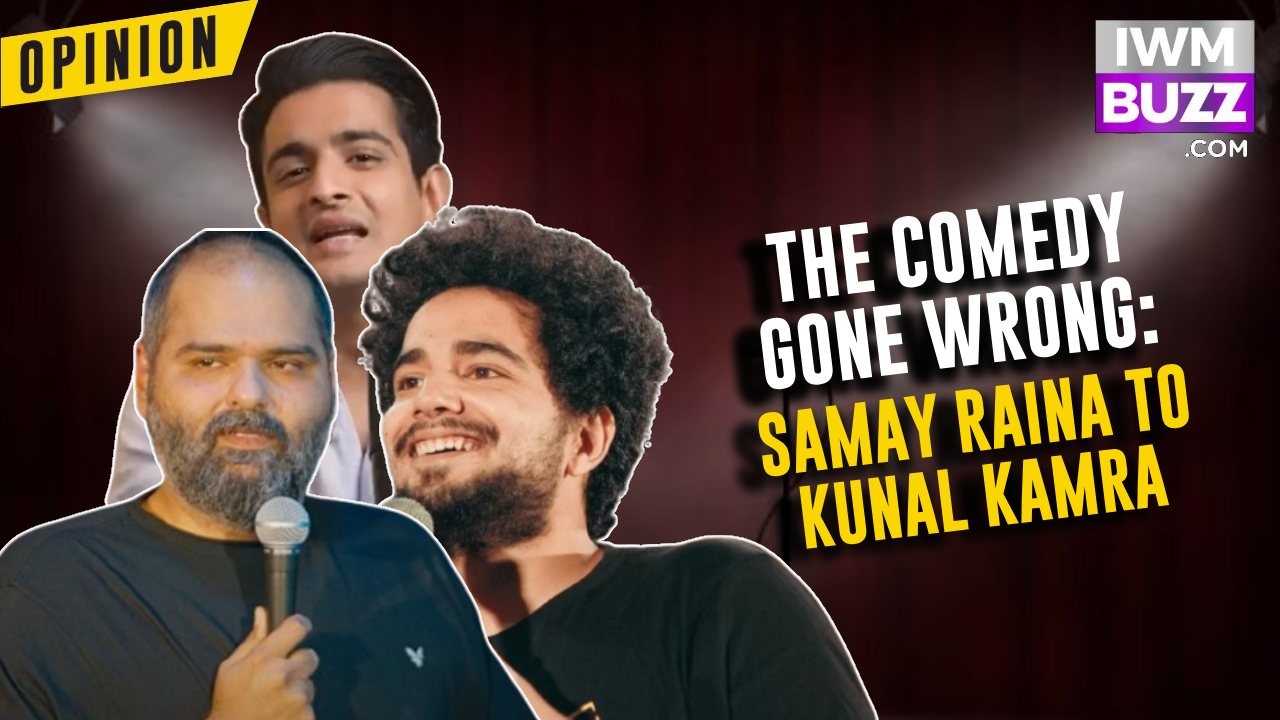Gone are the days when laughter was reserved solely for jokes—today, it often finds itself lost in the cacophony of outrage, misplaced indignation, and the relentless policing of humor. The grim state of free speech has rendered comedians the perennial soft targets of unexpected backlash, leaving us to wonder: why is it always them? The debate on whether comedians deserve such scrutiny arrives much later—preceded by the more pressing question of why the crosshairs are almost exclusively fixed on their craft. But this isn’t an impassioned plea in favor of stand-up artists from a myopic perspective; rather, it is an exploration of the fraught landscape of comedy itself—where do the boundaries lie, who draws them, and more importantly, how do comedians navigate these invisible fault lines while still managing to be, well, funny?
In the span of just two months, we have witnessed controversies escalate with unnerving speed. Samay Raina’s show, India’s Got Latent, featuring the likes of Ranveer Allahbadia, Ashish Chanchlani, and Apoorva Makhija, became a lightning rod for outrage. More recently, Kunal Kamra found himself in the eye of yet another storm when his joke about Maharashtra’s Deputy Chief Minister, Eknath Shinde, ignited an inferno of public fury. If history has taught us anything, it’s that political jokes have never been received well—irrespective of who delivers them and who stands at the receiving end. The tolerance threshold for humor is remarkably low when it rubs against political allegiances. Subtle jabs and indirect quips are often met with smirks, but the moment a joke becomes too explicit, it ceases to be ‘just a joke’ and instead morphs into an affront to personal loyalties.
No one understands this better than Kunal Kamra, who has become something of a recurring protagonist in these fiery sagas of outrage. This isn’t his first run-in with political fervor, but this time, the backlash escalated to a point where it led to outright vandalism. Ironically, the severity of the reaction inadvertently put Kamra in a position of control—his intended humor may have been the trigger, but the ensuing response amplified his voice in ways that mere words could not. Humor remains subjective; what one finds hilarious, another may deem offensive. But vandalism as a response? That cannot—should not—ever be normalized as a legitimate form of critique. Unlike the Samay Raina episode, where silence largely reigned, Kamra has taken a far more vocal stance in the aftermath, refusing to retreat and instead doubling down on his stance. Whether that is courageous or reckless is another debate altogether.
Meanwhile, two months post the Samay Raina controversy, Ranveer Allahbadia has finally broken his silence. With legal proceedings behind him, his podcast has resumed, but the scars left by the ordeal remain visible. The impact of these events is undeniable, and the echoes of the backlash still linger.
At the heart of it all remains the perennial question—what is funny and what isn’t? And more importantly, how does one even measure it? Comedy is perhaps the most subjective art form known to man; its reception is governed by individual perception, cultural context, and personal bias. But when the scale tips—when the number of those offended outweighs those amused—the space for comedy inevitably shrinks. The disconnect between intention and reception widens, and comedians find themselves toeing an increasingly precarious line.
Comedy “going wrong” is no longer an anomaly; it’s a recurring pattern. The risk isn’t just in the joke itself but in the terrain it dares to traverse. Time and again, comparisons are drawn to the West, where late-night show hosts and stand-up comics take audacious digs at political figures with relative impunity. But cultural landscapes are not uniform, and drawing parallels between distinct ecosystems is an exercise in futility. The Indian comedy scene does not operate in the same space as its Western counterpart; the rules are different, the sensitivities heightened, and the consequences often disproportionate.
To some, comedy is gasping for air, strangled by the ever-tightening noose of social and political correctness. To others, the growing limitations are a necessary evolution, ensuring accountability. Both perspectives hold weight, and neither is devoid of debate. But if the goal is to keep laughter alive while preventing comedy from “going wrong,” the answer may lie in understanding one’s audience, recognizing the shifting dynamics of discourse, and knowing how far to push before the tipping point arrives. Perhaps then, comedy can continue to be what it was always meant to be—a reflection of society, a critique of power, and above all, a reason to laugh.


